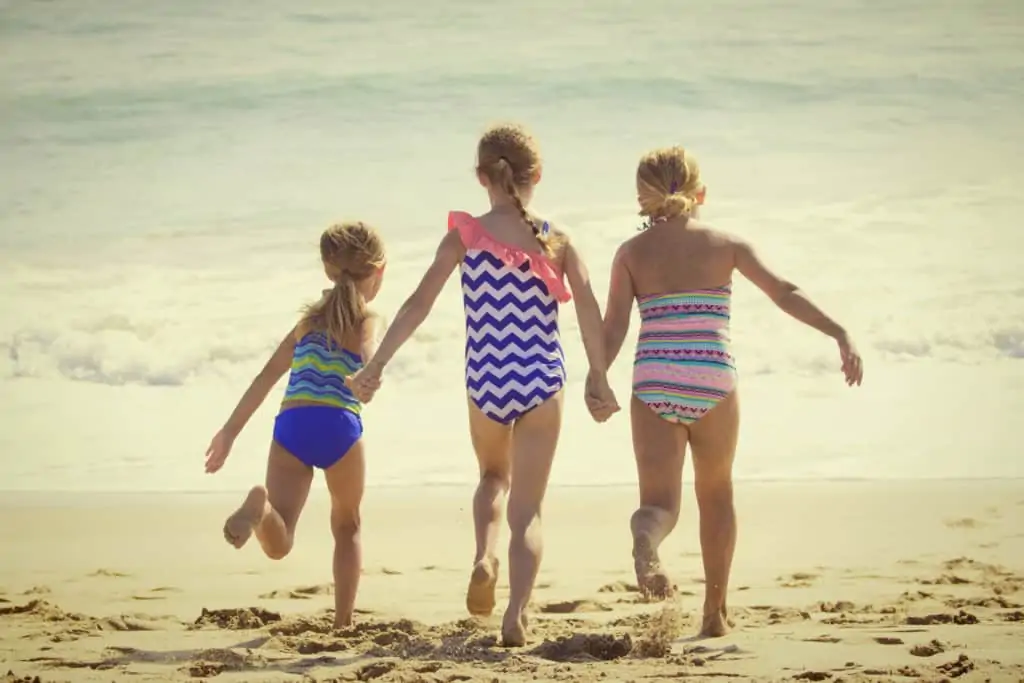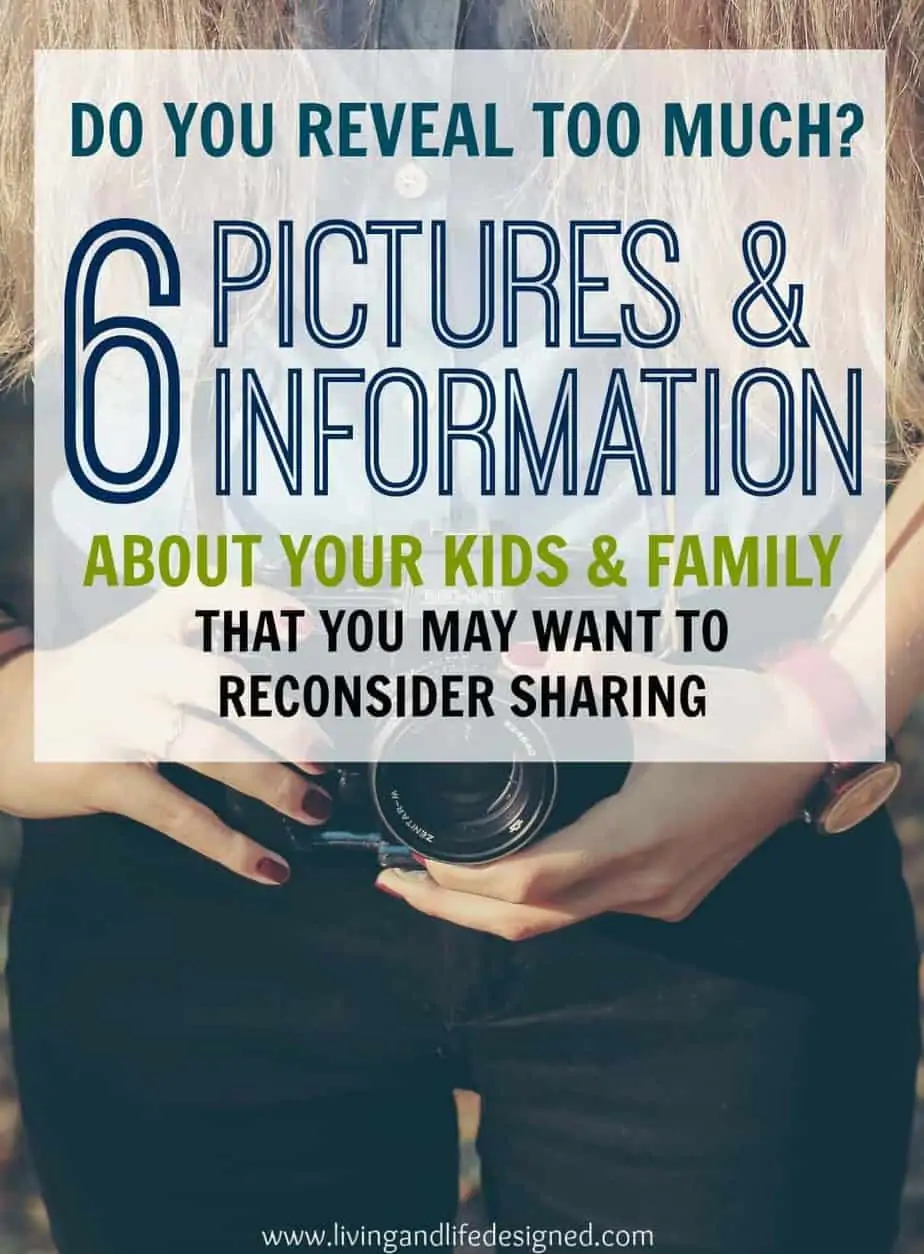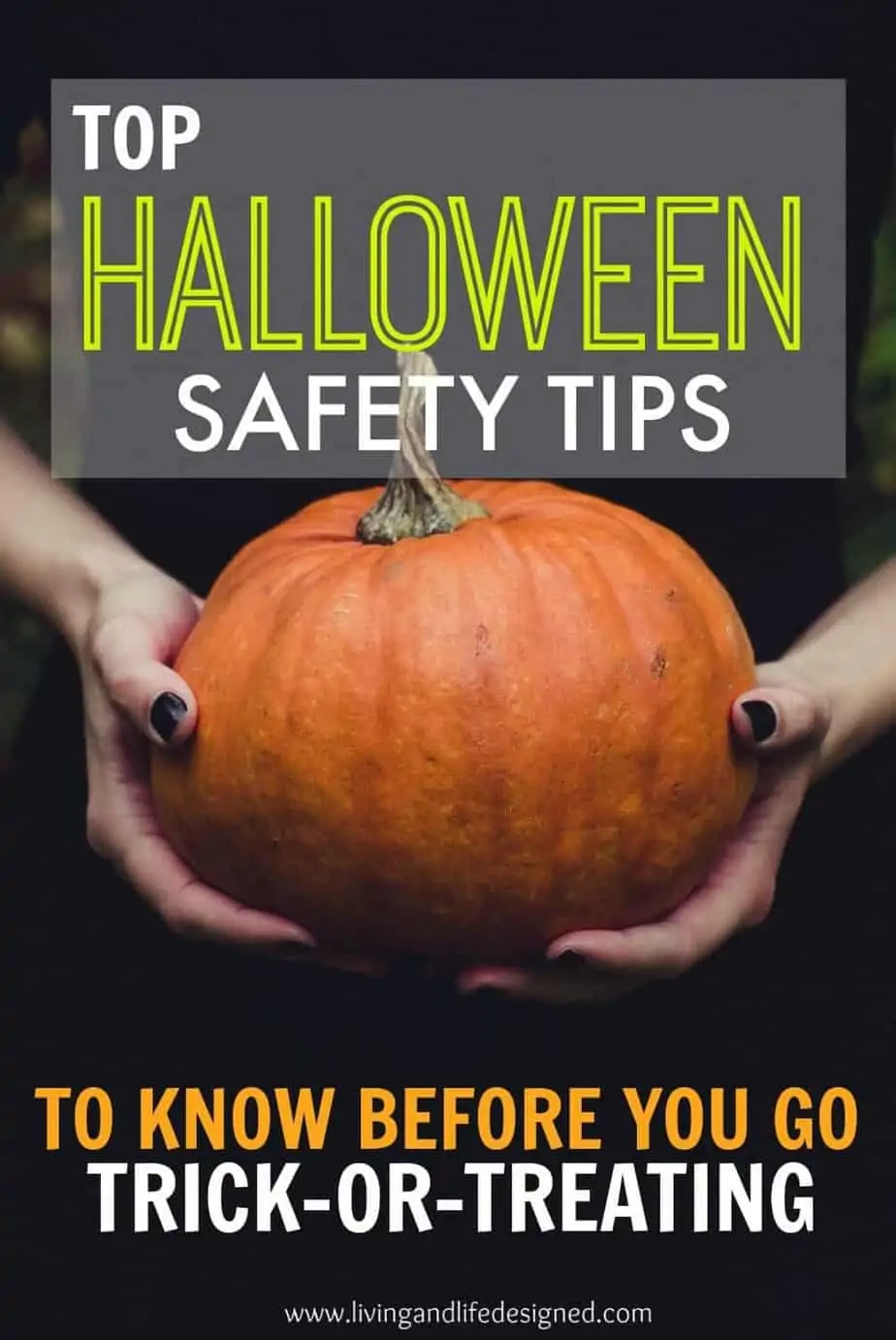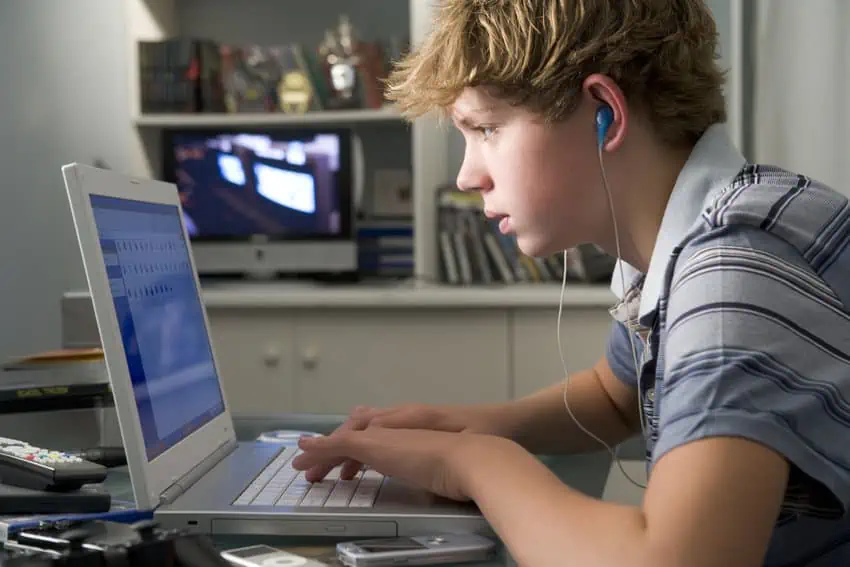Teaching kids about body safety is about having regular conversations on what is right and wrong. This will help them to understand and handle unsafe people and unsafe situations if they’re ever in that position. These 11 tools are critical for parents to teach and educate their kids about body safety and having safe relationships with others.
Copyright DubovaTalking about abuse often makes people uncomfortable and the truth is its common in every demographic, every socioeconomic group, and affects both boys and girls.
According to the Centers for Disease Control (CDC), they estimate approximately 1 in 4 girls and 1 in 6 boysare sexually abused before the age of 18.
Shocking Statistics You Can’t Ignore about Abuse
- 30% of perpetrators of child sexual abuse are family members
- 60% of perpetrators of sexual abuse are well known to the child but not family members, e.g., family friends, babysitters, child care providers, neighbors, etc.
- Only 10% of perpetrators of child sexual abuse are strangers to the child
- 15-20% of adults report having received some form of sexual abuse as kids ranging from inappropriate and repeated touching to penetrative sex
- What may surprise you to learn is 23% of perpetrators in reported cases of sexual abuse are kids under the age of 18 (source) – children abuse children!
The best prevention against abuse is to educate yourself and educate your children from an early age about safety, unsafe people, and unsafe touch.
Abuse always starts with inappropriate talk and touch before progressing to worse things so it’s important for children to understand what is inappropriate and how to stop and report it before it escalates.
It’s sickening to say, but I’m not at all surprised by the statistics. I know too many people who have been sexually abused as children and adolescents to be shocked by those numbers.
What I am surprised about is how many people I know with young kids feel that their children are too young to have safety conversations with. My own friends have said things like,
- “They’re too young to talk about sexual abuse.”
- “I don’t leave them with strangers so I don’t have to worry about it.”
- “I don’t want to scare them with this topic.”
- “They won’t understand what I’m trying to talk about.”
- “This will never happen to them because I’ll make sure it won’t.”
- “I trust my family and friends.”
- “I always know what’s going on with my kids.”
It’s time to stop making excuses about having these critical conversations with your children.. The only people you’re hurting are your kids by keeping this information from them.
The truth is, the earlier you start having these conversations, the more you will help your children.
The statistics speak for themselves.
Do you get together with family? Have play dates? Do you children go to daycare? Preschool? School? Do you have babysitters or a nanny? Do your kids play with neighbors or visit other people’s houses with or without you? Do your kids sleep over at someone else’s house?
Your children are around other kids and people all the time, how are you going to safeguard every minute of their day?
If 23% of reported sexual abuse cases are perpetrated by those under the age of 18 and your children are around others who are under 18, what safeguards have you taught them to handle peers who are instigating unsafe scenarios and touching?
Perpetrators don’t look different than you and me, than your child and mine.
You cannot pick them out of a crowd.
They don’t look like cartoon villains or the bad guys in movies.
They look like your average Joe and there is a 90% chance you know them.
The bottom line is that you won’t always be able to protect your children but you can help them protect themselves. Just like when you give them a helmet to learn to ride their bike or strap them in a car seat to protect them in the car, you must give them the tools to use to stay safe. It’s called prevention and just like sexual abuse, the best prevention you can give your children is to have repeated conversations with them about safety, unsafe people, unsafe touching and inappropriate situations starting at an early age.
Children are never too young to start talking about body safety with. Safety talks aren’t a one-time thing, they’re something you revisit regularly starting when they learn about body parts as a baby and as they grow into school children and beyond.
Your children will never stop growing and exploring the world around them. They will want more freedom and independence and the best way to help them stay safe is to load them with information.
Here are 11 critically important conversations to have with your children starting at a young age to know about their bodies and safety.

USE PROPER NAMES OF BODY PARTS
Use the proper names for private parts as soon as your child learns about their body parts. If you use nicknames or other names instead of vagina or penis, if a child has come to you about an unsafe event, the story can easily get confusing unless the correct body names are used.
At the very least, teach your children the proper names for body parts even if they choose to use other words.
EXPLAIN BODY PARTS ARE PRIVATE
Private parts are for your children to see and touch only. Parents and doctors, when in the presence of Mom and Dad, may need to check their body for medical reasons, but no other persons should see or touch private parts. Ever. Period.
Anything that is covered up by underwear or a swimsuit is not for other people to see, touch or take pictures of.
TALK OPENLY ABOUT UNSAFE TOUCHING
Be direct when you state that absolutely no other people – family, friend, sibling, teacher, coach, babysitter, neighbor, etc. – are ever allowed to touch you on top of your clothes or under. It’s just as important you reiterate that your child is never allowed to touch other people’s private parts. Kids need to know what is right and wrong for others but also how they act towards other people.
Role play by throwing out sample situations with your kids so they recognize the difference between right and wrong and can tap into this stored information if they’re faced with a similar situation.
TOUCHING THAT TICKLES OR FEELS GOOD IS STILL BAD
Sometimes body touching doesn’t hurt and it doesn’t feel bad, it may actually feel good – which is what a lot of parenting books talk about when you read about “good touch and bad touch.”
When someone touches their private parts, even if it doesn’t feel bad, children need to know it’s still wrong and they need to tell their parents. The term “tickling” of private parts can be confusing for children because tickling is not generally associated with anything bad. When you tickle your kids at home, they associate this with fun and playtime and it is, but if someone is taking advantage of this type of play, this is bad and the difference between these types of tickling has to be taught.
Don’t use that term “tickling” when talking about bad touch because it can become confusing. Instead use the term “secret touching or secret touch” which is more appropriate. Children will associate this type of tickling as bad and needs to be reported right away.
PICTURES OF BODIES AND PRIVATE PARTS ARE NEVER OK
We live in an image-driven world where the Internet provides easy access for sick people and pedophiles to take, share and trade naked pictures of children online. Be stern with your child when you explain that other children and adults should never take pictures of your body in any state of undress and especially of your private parts.
SECRETS AREN’T ALLOWED
It can be confusing to a child to try to understand what secrets are allowed and which are not if you choose to allow secrets of any kind in your home. It’s easiest and best not allow secrets of any type, even among siblings and parents.
Secrets from predators can be disguised as threats such as, “If you tell your Mom or Dad about the game we play, they may be mad at you and we won’t be able to play together anymore.”
Set the standard that any secrets even if they are threats, aren’t allowed. Especially secrets about body safety and unsafe people is something you need to tell your Mom and Dad about right away.
TEACHING HOW TO LISTEN TO GUT FEELINGS
Teach your children to listen to what their inner voice is telling them when they’re in a situation that is giving them uneasy feelings. Uneasy feelings are those that tell you what is happening is wrong, you don’t feel good about the person or what they’re asking you to do, and telling you to STOP and get help. Children need to know that these uneasy feelings are warning signs that someone is not right and they need to leave the unsafe situation right away.
This starts by respecting your child’s choice to say no – whether it’s when you ask them to hug a grandparent or friend, or share their body’s space. Kids learn to listen to their gut and become confident in their choices when you support they decision, even if it ruffles a relative’s feathers.
CREATE A CODE WORD
Create a family safe word or code word for your children to use when they feel unsafe. They can use this safe word at home, when guests may be at the house, at a relative’s house, play date, sleepover or whenever they feel uncomfortable.
Children can have a hard time coming to their adult and explaining in identifiable terms what has transpired. A code word takes the pressure off of divulging the details, and makes it easy for them to alert their parent about what is going on. When your child uses a code word – a word you chose that can only be used in certain, unsafe, uncomfortable situations – you stop everything and understand the urgency of the situation.
TOOLS FOR WHAT TO DO IN AN UNSAFE SITUATION
It can be especially hard for a child to stick up for themselves and tell people “No” – especially to an adult or peer. It’s ok for children to make excuses to leave an unsafe situation. Telling someone they don’t feel good, want to go home or have to use the potty to leave the situation is OK. If those excuses don’t work, yelling “NO” as loud as they can and then screaming and running to a safe adult is the next step.
SAFETY RULES APPLY TO EVERYONE
It doesn’t matter if you know someone – a sibling, friend, neighbor, teacher, adult, relative or coach – safety rules apply to everyone you know. EVERYONE.
Your child’s private parts are not for anyone else to touch, see or photograph. Mom and Dad may touch your private parts if they are helping you bathe or cleaning you, but no one else, even if they are the same age, older, a person in charge or a friend, is ever allowed to touch private parts. This is hard rule.
CHILDREN NEVER GET IN TROUBLE FOR TELLING
Reassure your children they will never get in trouble or punished, and Mom and Dad won’t be angry if they come to you for help.
Parents are here to protect their children and ensure they feel safe at all times. No matter what happens, when they tell you anything about body safety or secrets, reassure them that they absolutely never be in trouble. React with control, and keep your emotions in check to get the full story of everything that’s happened. If you are upset or angry, the chance of your child shutting down is great.
Having these conversations and educating your children may not prevent attempts from others, but it may stop abuse before it happens or goes further. It may be what prevents your children from being abused by a predator. Your children won’t know what to do, how to act, or who to tell if they don’t have these tools you’ve taught them.
Having regular conversations about body safety can take minutes – while you’re driving in the car, bathing your kids, going for a walk, putting them to bed. They aren’t hard discussions to have, they’re informative conversations you must have. Empower your children with the right knowledge and tools to prevent and protect themselves.
WANT MORE?
- 7 Critical Safety Rules Every Kid Needs to Know
- Common Tricks Predators Use to Groom and Lure Children
- Don’t Miss These Signs of Physical, Sexual and Emotional Abuse
- Why Your Family Needs a Safe Word
- 10 Prevention Tips for Parents
Want even more?
Shop All Parenting Resources
Shop all of our parenting resources from self-regulation tools and managing big emotions to building self esteem and confidence. There are resources for all seasons of life!







